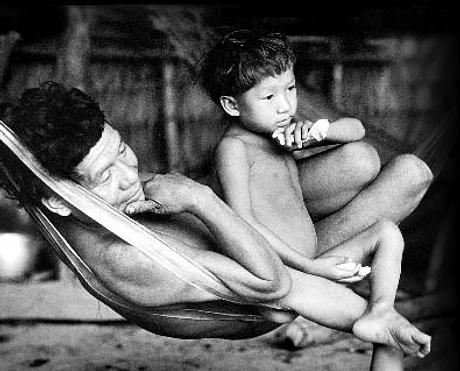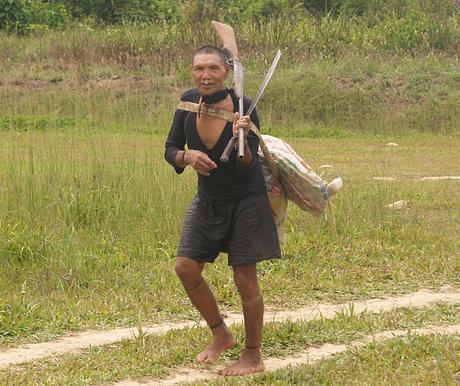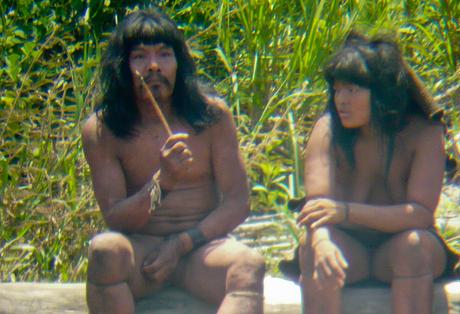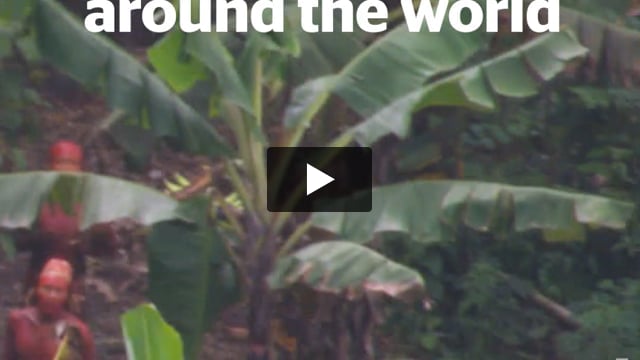Progress Can Kill – Peru’s new government warned
July 28, 2011

This page was last updated in 2011 and may contain language which is now outdated.
Peru’s new government will take office today having received a stark warning of the imminent dangers faced by its country’s Indigenous population.
Survival has sent copies of two booklets entitled ‘Progress Can Kill’ and ‘There You Go!’ to President Ollanta Humala and key members of his cabinet.
Progress Can Kill details the damaging repercussions of enforced development on tribal peoples; There You Go! is a satirical cartoon book that follows the devastation of a tribe’s land at the hands of foreign developers.
 © Chris Fagan/Upper Amazon Conservancy
© Chris Fagan/Upper Amazon Conservancy
Over the past few years, Peruvian Indians’ lands have come under increasing pressure for oil and gas exploration, road construction, mining, logging and other projects.
Much of the so-called development is implemented without consultation and often against the will of Indigenous inhabitants.
Peru’s ombudsman predicts that well over half of the country’s conflicts are sparked by socio-environmental unrest.
In 2009, 33 people were killed in clashes between Indigenous protesters and police in the Amazon town of Bagua after the government failed to consult with Indians over new legislation that would affect their land rights.
Enforced development is nearly always disastrous. Indigenous peoples across the world who have lost their lands suffer from disproportionate rates of malnutrition, disease, depression and addiction.
Those who stand to lose the most are Peru’s estimated 15 uncontacted tribes. Apart from their vulnerability to contact with outsiders, the loss of their lands would mean the loss of their homes, livelihood, and, ultimately, their lives.
Survival’s Director Stephen Corry said today, ‘Let’s hope that the new Peruvian administration will fulfill its earlier promise to act in the interest of its Indian citizens. Whether the uncontacted tribes survive or not rests in their hands. They certainly won’t if the government bows to corporate pressure to open up tribal peoples’ land for exploitation.’




